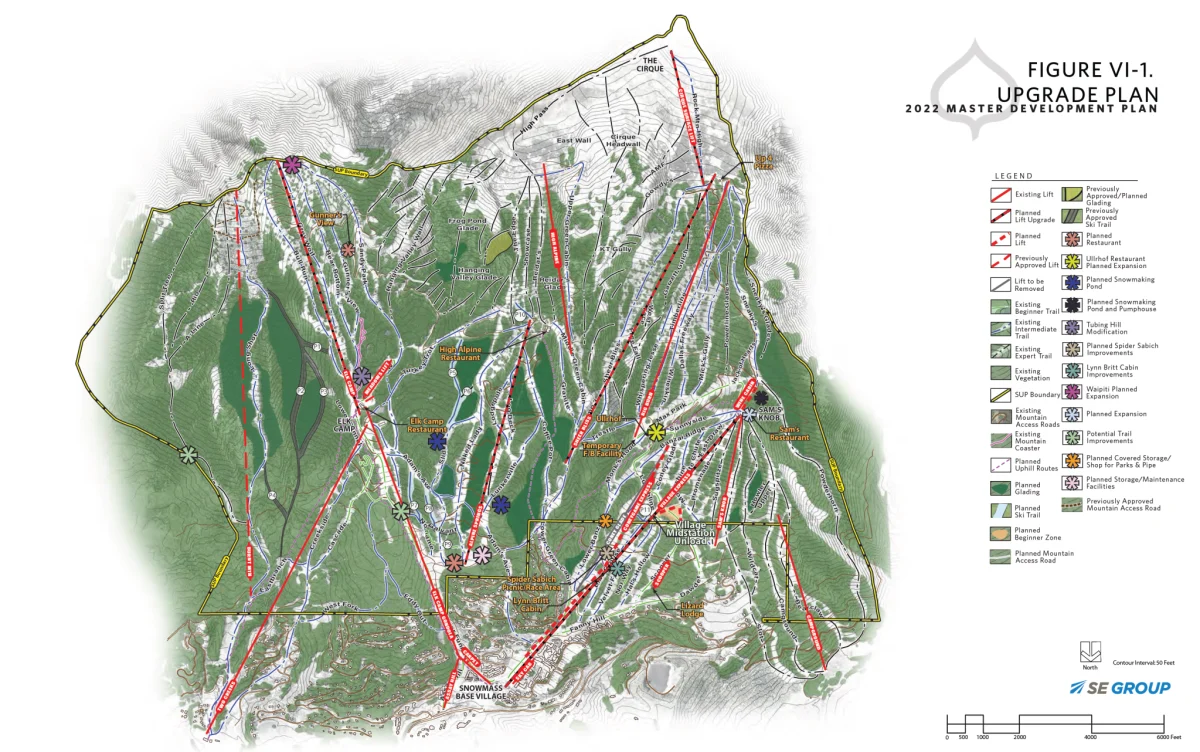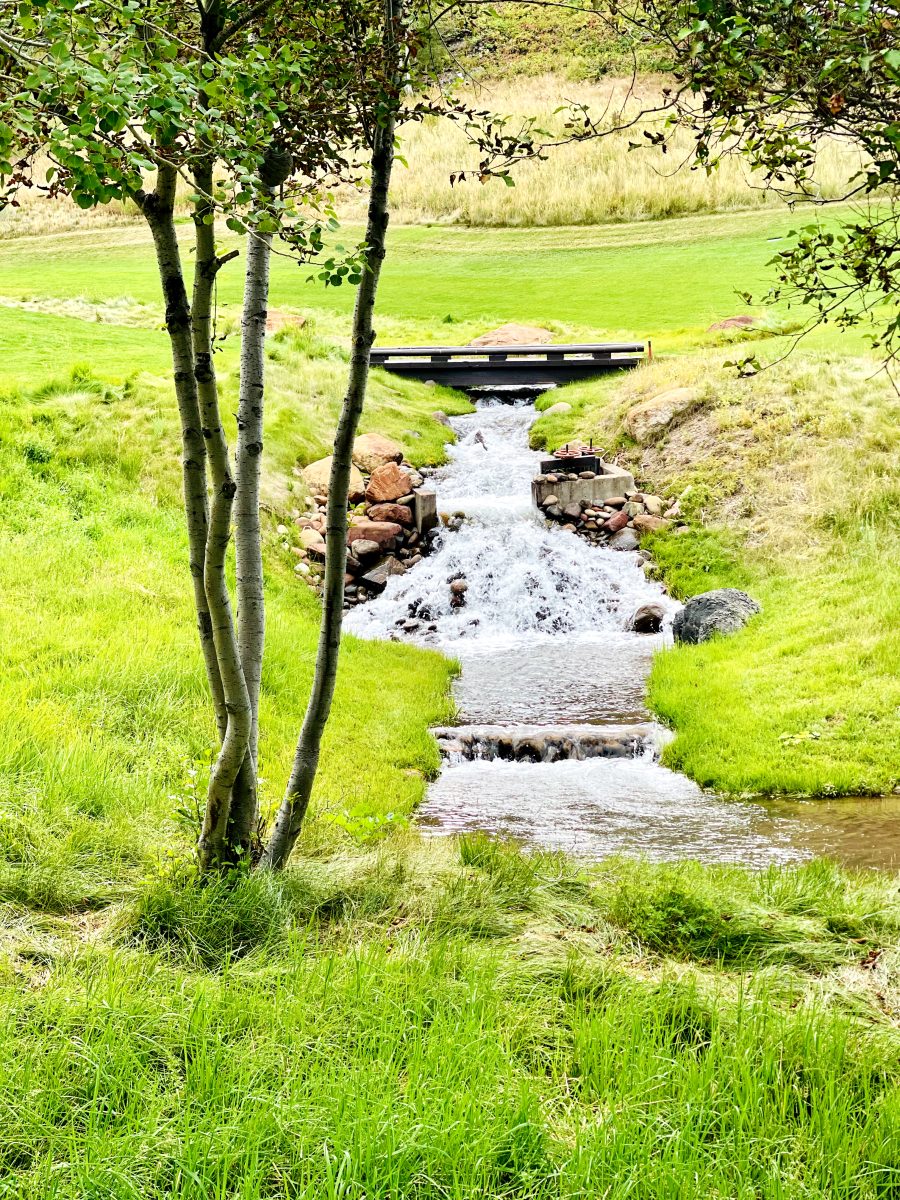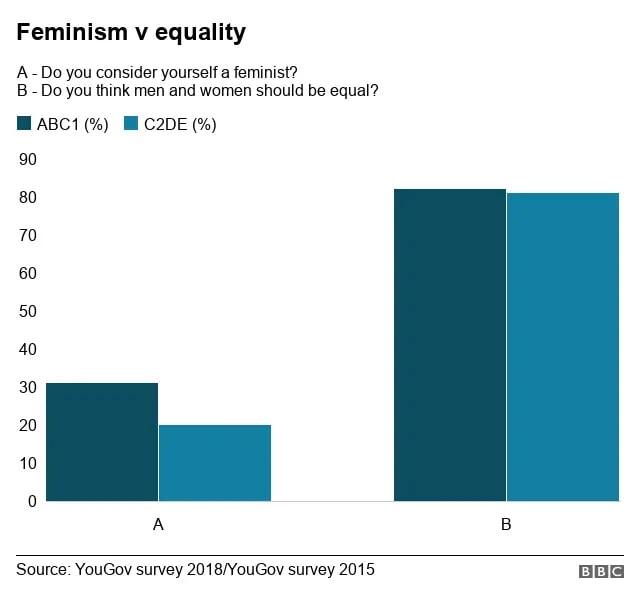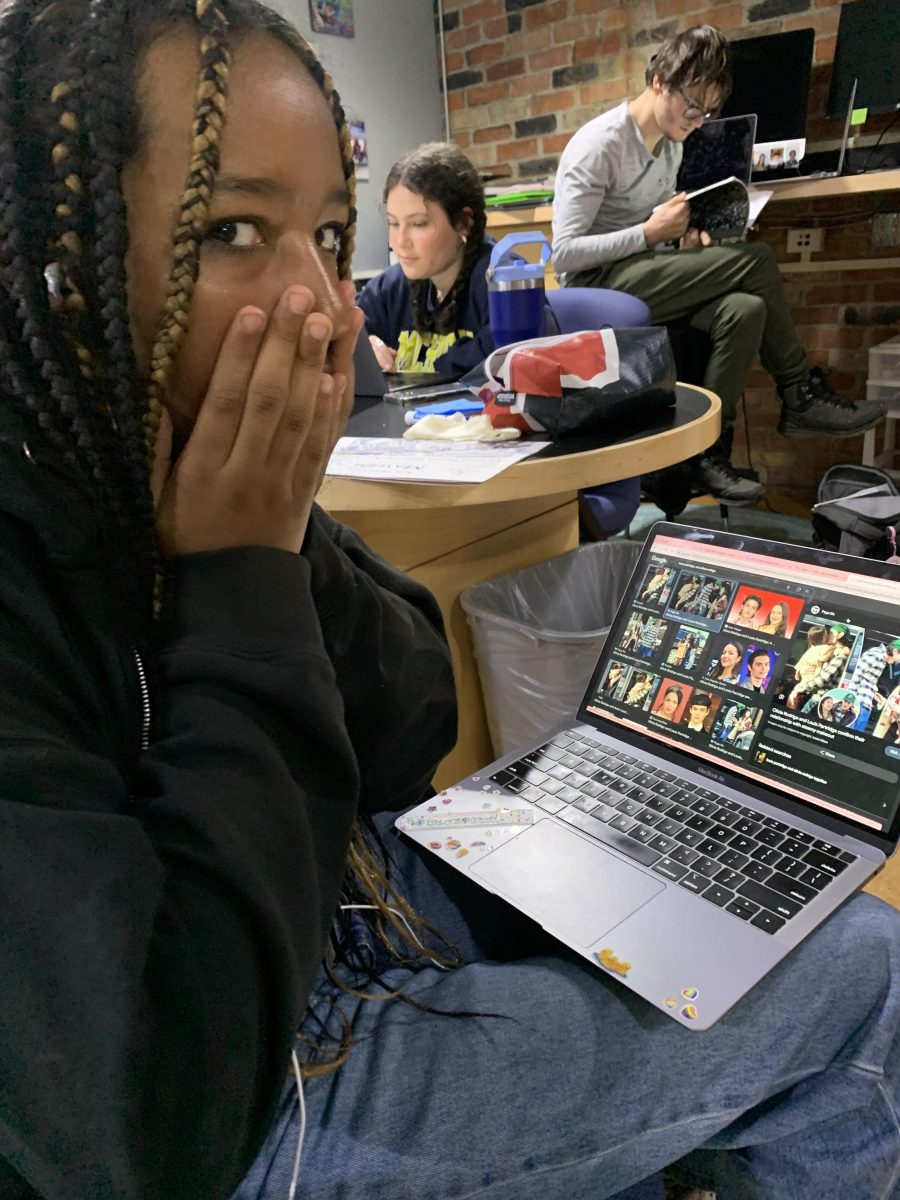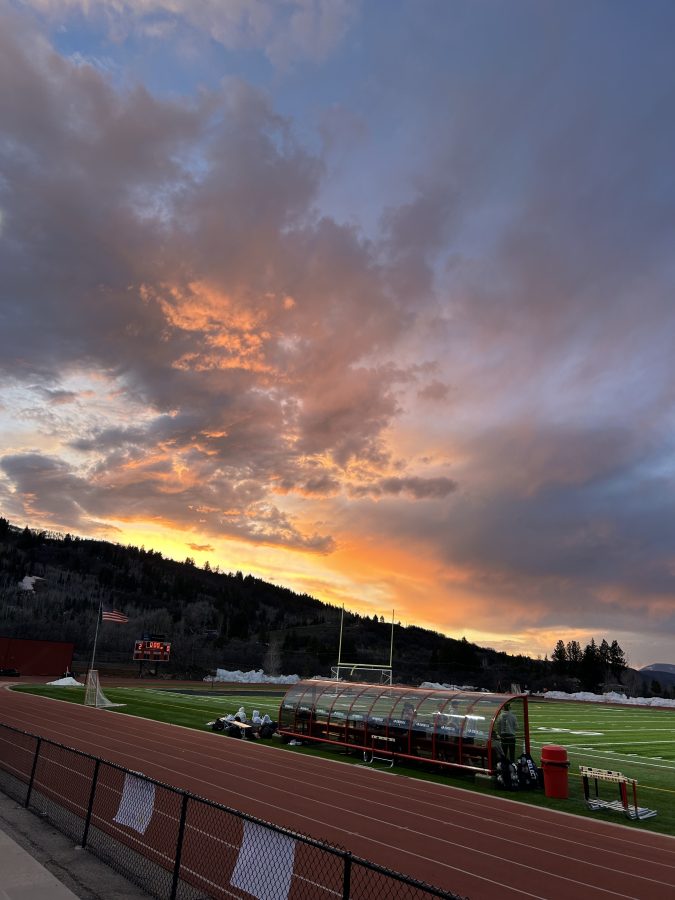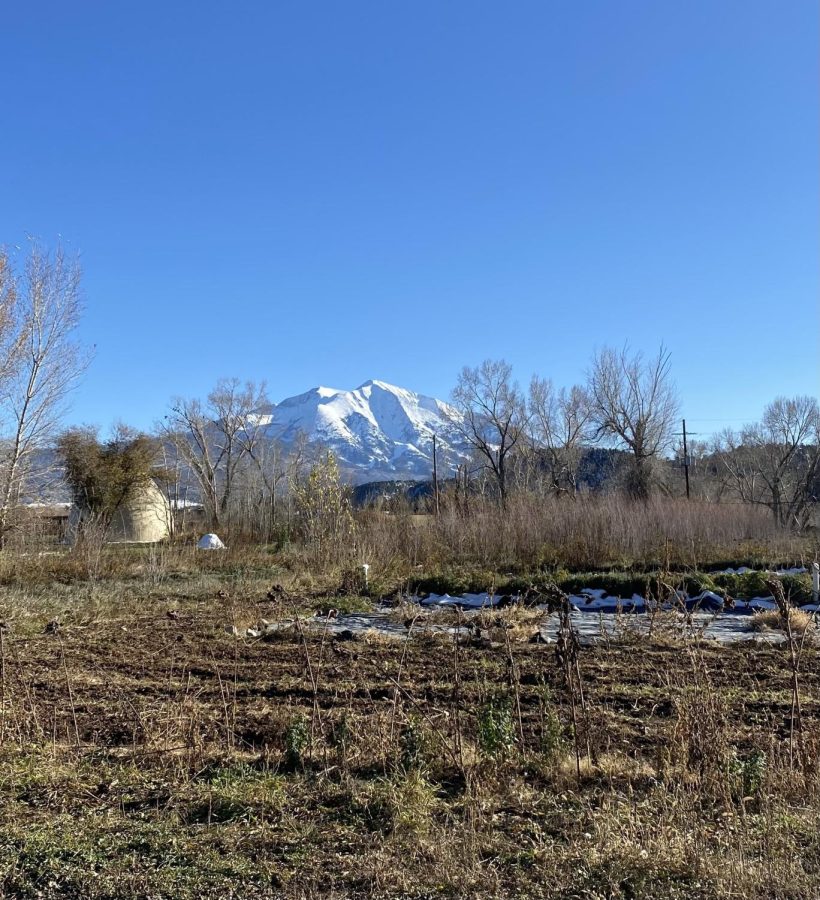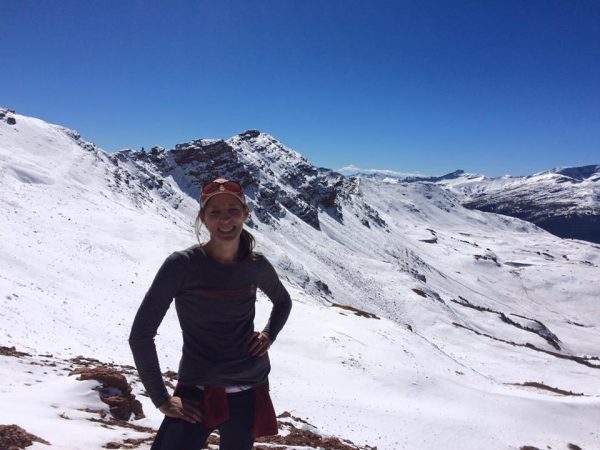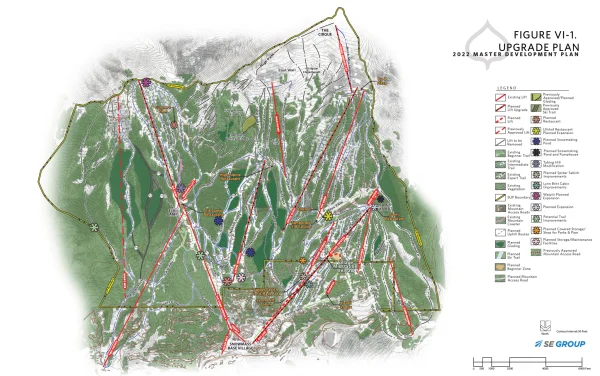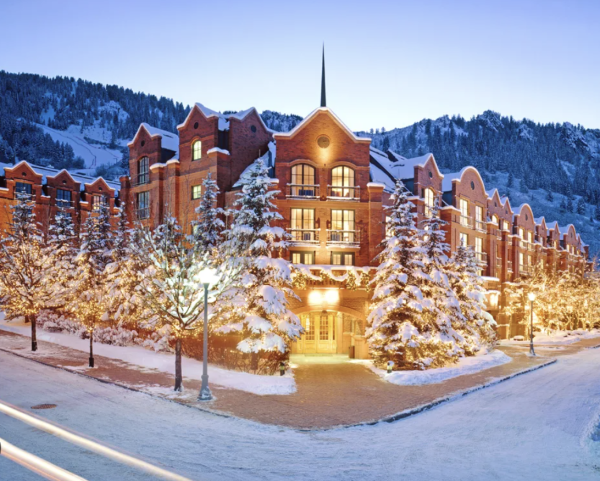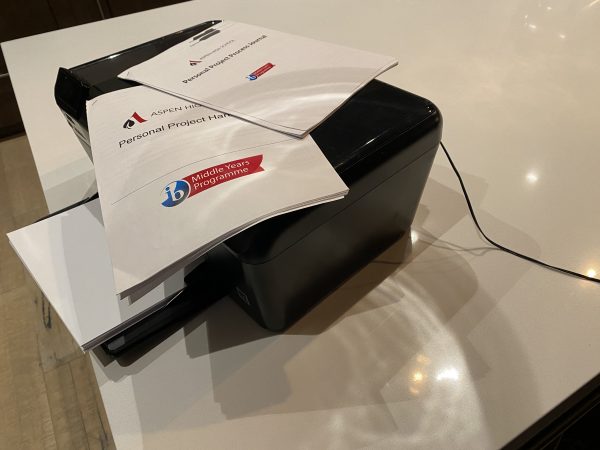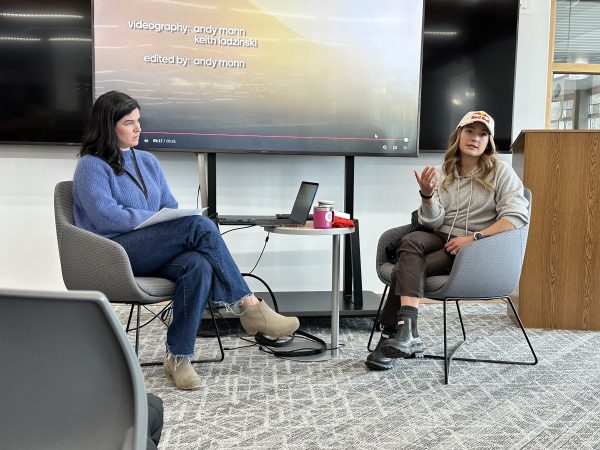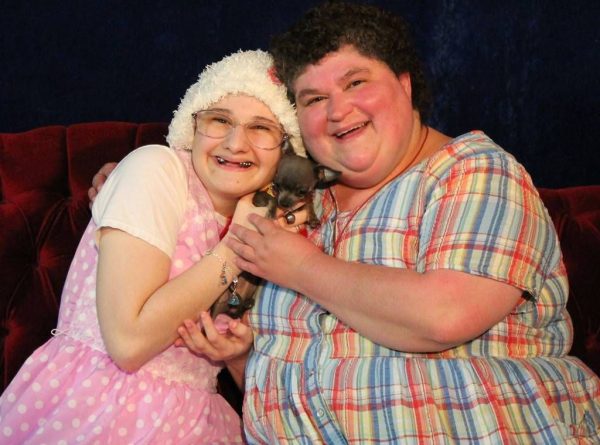The Abstract Culture of Carbondale
Mount Sopris, as seen from the CRMS farm on Monday, November 1st, 2022.
Carbondale, Colorado, sits smack in the middle of the Roaring Fork Valley and hosts some of the best small-town community and most interesting culture the valley has to offer.
Carbondale’s rich culture started in 1888, as ranching and mining dominated the town’s industry. With Aspen’s silver mining boom, the fertile pastures around Carbondale began to develop, and soon after the dense coal reserves near Redstone began to be tapped. The potatoes being cultivated at the time fed the miners of Aspen; this history continues to be celebrated today at Carbondale’s annual Potato Days. The coal mines eventually closed in 1991, but as Aspen’s ski industry exploded and brought with it luxury real estate, Carbondale became a safe haven for Roaring Fork locals looking for cheaper real estate and generally relatively low-cost living. Many of these so-to-speak immigrants were a part of the hippy, outdoor community, and they began to shape Carbondale’s world-class outdoor amenities. Superlative backcountry skiing and mountain biking surround Carbondale as well as excellent climbing, including God Mode (5.14b), one of Colorado’s hardest sport climbs located just outside of Redstone. At the same time, the ranching community was and is still flourishing, even through the dichotomy of the very different lifestyles, a powerful bond began to form in the community.
The government of Carbondale hopes to continue to foster this bond among its citizens through events like Dandelion Days and First Friday.
“Carbondale’s history is not about people from the outside coming for short-term stays and then leaving, it’s really about people who work here and live here and add to the community,” Ben Bohmfalk, the Mayor of Carbondale said.
With fewer tourists coming to Carbondale than the other towns in the valley, there aren’t as many shops selling high-priced goods as often as in Aspen or Basalt. Alongside having fewer luxury retailers than Aspen, Carbondale’s sales tax is also almost a full percent lower. Less tax revenue leads to the government being more constrained, as well as a lot of the tax-funded amenities that Aspen has such as RFTA aren’t as robust. Unfortunately, less developed public services lead to some resentment within Carbondale’s population towards the city government; however, Bohmfalk states that this is largely unfair. The town does its best with what budget it has, and in almost all cases, does better at caring for its locals than Aspen. The events Carbondale hosts are for its locals, and they do not cater to rich tourists who want luxury accommodations and food. Even if Carbondale locals envy some of the amenities Aspen provides, they still recognize their town as better than Aspen. Carbondale locals voice how Carbondale is better than Aspen, but an Aspenite will never say the opposite. The fact is, Aspen doesn’t value their local community as Carbondale does; it doesn’t support local businesses to the same extent.
“There has been over-commercialization of Aspen, Colorado…it’s terrible for the mom-and-pop shops and things like that,” Jonathan Kelly, an AHS junior said.
Even if the way the two towns prioritize their economy is different they both prioritize the outdoors. Every town in the Roaring Fork Valley recognizes that we have these breathtaking wild places at our disposal and they fight to protect them. Carbondale’s ranching and outdoor community have unified to protect the Thompson Divide, and Aspen continues to fight for the environment through programs like Give a Flake.
A dividing point, as noted by a variety of Carbondale residents can be seen through who attends the aforementioned festivals. Bohmfalk and other town council members are trying to work to unite the Latinx community more into Carbondale culture through their festivals, outdoors, and arts. There is still a long way to go to incorporate other languages and cultures into the Carbondale government. Makai Yllanes, a CRMS senior, feels as though the valley lacks diversity.
“Carbondale tends to feel almost very segregated in the sense that you have a lot of white people and a lot of Latino people, the interactions aren’t always the greatest,” Yllanes said.
However, for the most part, Carbondale is a close-knit community, which allows for various benefits. A lot of the bonds between the citizens come from the many festivals they hold as well as popular, local businesses like Peppino’s Pizza. Cameron Hermes, an RFHS senior who worked at Peppino’s, notes that not only did he know most of the town, but that close-knit community also made Carbondale feel safer. Festivals like Potato Day and First Friday are attended by almost all locals, and that further tightens the community.
Aspen doesn’t have that connection, the major festivals it does hold aren’t primarily attended by locals like Carbondale’s fairs are. Many of Aspen’s events like the Ideas Fest or Food and Wine aren’t for locals. They cater to wealthy second homeowners and tourists. Almost all of Aspen’s industry and economy caters to tourism. Carbondale caters to local interests and activities. The local-based economy furthers the small-town feel and tight community of outdoor enthusiasts. You don’t see a close and consistent group of climbers training at Aspen’s red brick climbing gym, but there is a group of climbers that all know each other and climb together at Carbondale’s Monkey House. Cheaper real estate was not the only reason Fabrizio Zangrilli, the owner of Monkey House, chose Carbondale to base his gym.
“The reason I chose Carbondale for Monkey House is I think it’s a really active, fit community that would thrive in here,” Zangrilli said. “And that’s panned out. We’ve been really well supported by the local community. The other thing frankly is the way the town is set up, we had a high probability of kids riding bikes here.”
Carbondale is an ideal town to support important resources for the outdoor community like a climbing gym. The outdoor lifestyle is probably the biggest component of local life in Carbondale. The possibilities are endless as people create annual traditions that foster long-lasting relationships.
“I run the Crystal River with friends every spring or in June when it’s at high water and take out at these little takeouts in town and walk the boat up and everything,” Bohmfalk said. “It’s all just very easy and accessible.”
Carbondale, alongside all of the other towns in the valley, is only a small town that lacks a lot of the big city amenities and family attractions like zoos or larger-scale museums that kids need. Yet, it isn’t that difficult to get out of the valley and to the city, so alongside the enticing aspects of the town and world-class outdoors, Carbondale is pretty idyllic.
“We’re still close enough to things that I think kids need, big city amenities,” Zangrilli said. “Easy flights to Chicago, easy flights to San Francisco, make it a pretty simple choice of a perfect place to live.”

This is Beau's second year with The Skier Scribbler. He is a junior and is passionate about the environment. He likes to rock climb, ski, and be outside. ...



